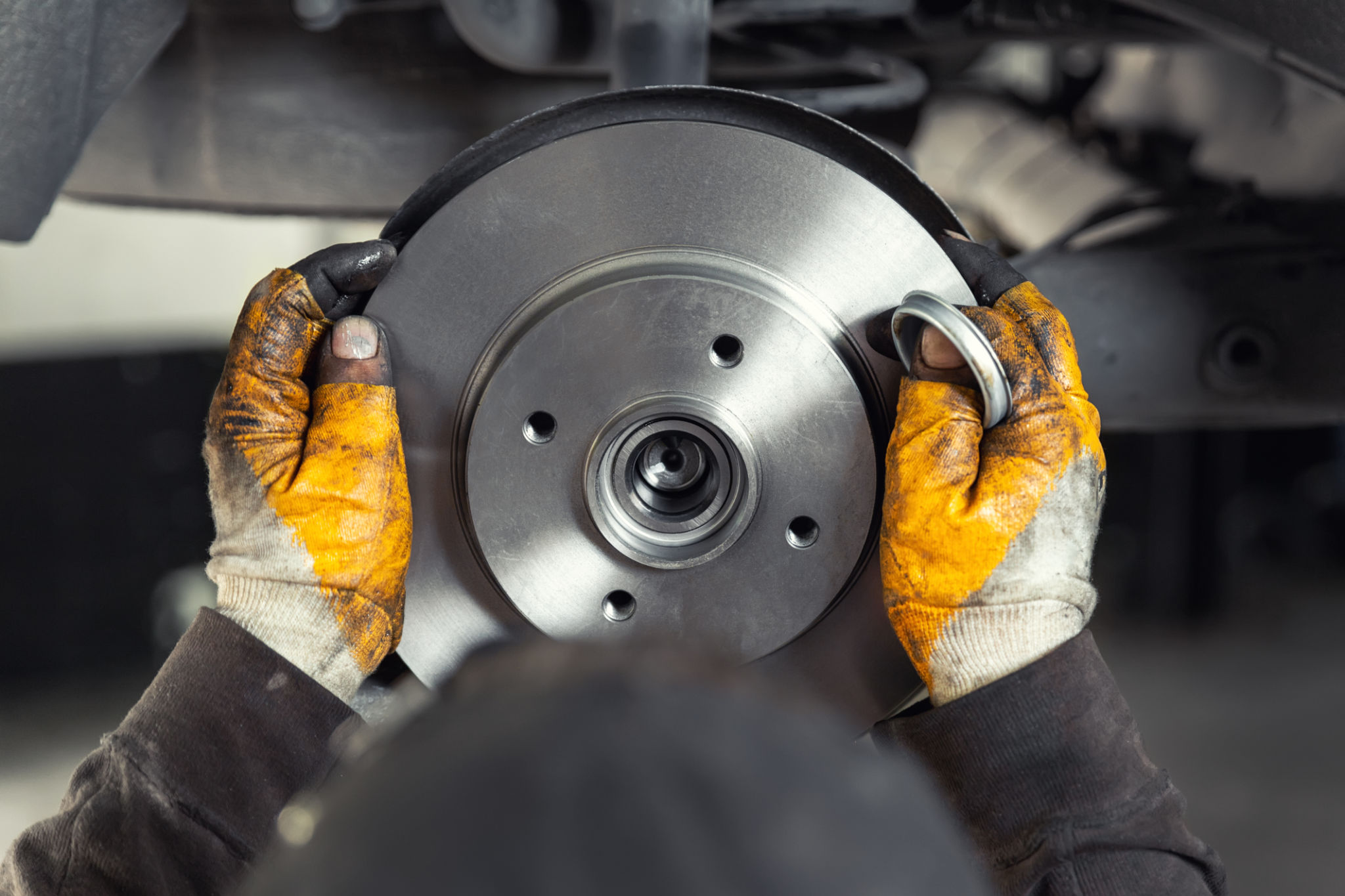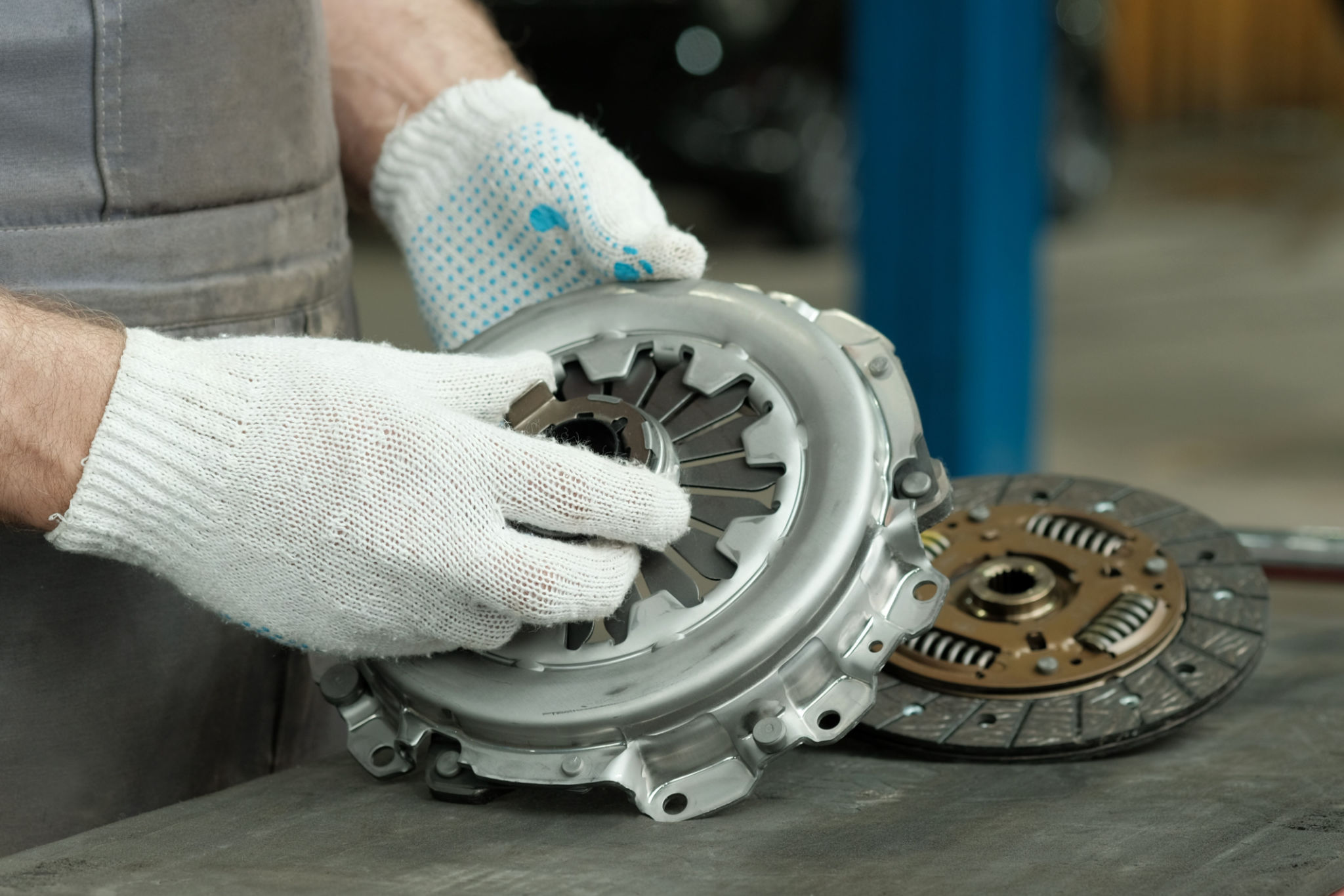Spare Parts vs. OEM Parts: Making the Right Choice for Your Business
Understanding the Basics: OEM vs. Spare Parts
When it comes to maintaining and repairing machinery, vehicles, or equipment, the choice between Original Equipment Manufacturer (OEM) parts and spare parts can significantly impact your business. Both options have their unique advantages and potential drawbacks. Understanding these differences can help you make an informed decision that aligns with your business needs.
OEM parts are components made by the original manufacturer of the equipment, ensuring perfect compatibility and quality. These parts are typically known for their high reliability and come with a warranty, which can provide peace of mind for many businesses.
On the other hand, spare parts are often manufactured by third-party companies. While they may not always match the OEM parts in terms of quality, they can offer significant cost savings and broader availability. This makes them an attractive option for budget-conscious businesses.

Price Considerations: Balancing Cost and Quality
One of the most significant factors influencing the decision between OEM and spare parts is cost. Typically, OEM parts are more expensive due to their quality assurance and brand reputation. However, this higher cost often translates into increased durability and a potentially longer lifespan for your equipment.
In contrast, spare parts are usually more affordable, making them a viable option for businesses looking to reduce expenses. However, it's essential to consider whether the lower price might lead to higher replacement frequency or potential compatibility issues, which could negate initial savings.
Evaluating Your Business Needs
To make the right choice, it's crucial to assess your specific business needs. Consider factors such as the criticality of the equipment, budget constraints, and frequency of repairs. If downtime is a significant concern for your business, investing in OEM parts might be worth the extra expense to ensure reliability.

Quality Assurance and Reliability
Quality assurance is another critical factor when choosing between OEM and spare parts. OEM parts are subject to rigorous testing and meet strict industry standards, assuring businesses of their reliability and performance. This level of assurance can be crucial in industries where equipment failure can lead to costly downtime or safety issues.
Spare parts manufacturers may not always adhere to the same stringent testing standards, which could lead to variability in quality. However, many reputable third-party manufacturers offer high-quality spare parts that can compete with OEM alternatives, particularly if they have established a strong reputation in the industry.
Availability and Lead Times
The availability of parts can also influence your decision. OEM parts may have longer lead times due to limited distribution channels, which could delay repairs and maintenance schedules. This can be a significant drawback for businesses that require quick turnaround times.

Conversely, spare parts are often more readily available from multiple suppliers, providing more flexibility in terms of procurement. This can be particularly advantageous for businesses operating in remote locations or those with urgent repair needs.
Conclusion: Making the Right Choice
The decision between OEM and spare parts ultimately depends on your business's unique requirements. While OEM parts offer unmatched quality and reliability, spare parts can provide cost savings and greater availability. By weighing the pros and cons of each option in the context of your business needs, you can make a strategic decision that ensures operational efficiency and cost-effectiveness.
In conclusion, both OEM and spare parts have their place in the market. Understanding their differences and evaluating them against your business priorities will help you make an informed choice that supports your long-term success.
